Ten reasons Time Attack needs your attention
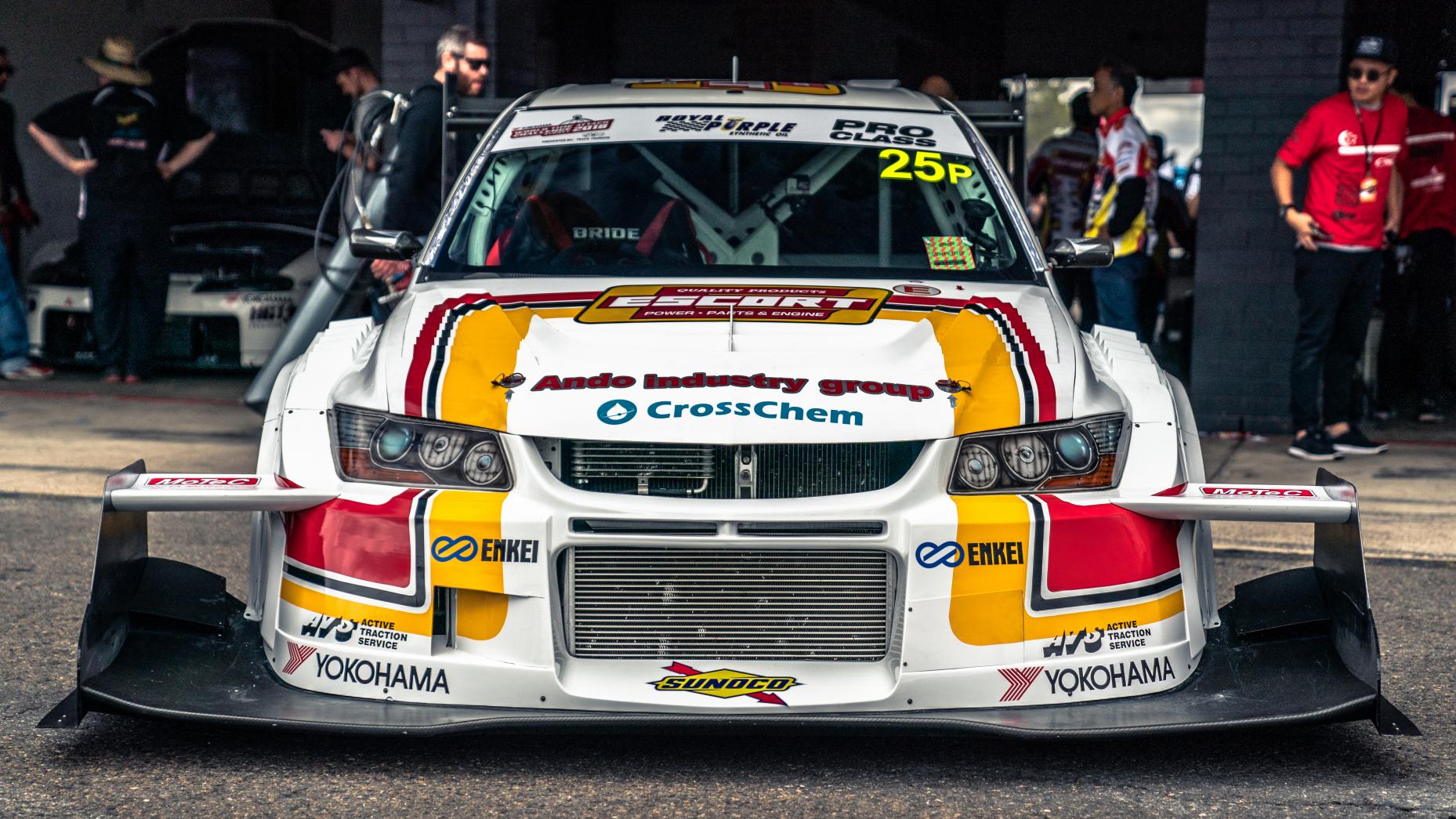
The format is simple
To define Time Attack in its simplest form, it’s a bunch of purpose-built cars lapping the same track against the clock to see who’s the fastest. But it’s more interesting than that. Having nothing but the cruellest adversary of them all – the stopwatch – to compete against (a handy, reliable constant) filters out those pesky racing driver excuses. You are either the fastest car on the day, or you’re not. Simple. Chasing time also adds a significant spice and competitive streak, especially when there are virtually no limiting factors or regulations for top-tier cars. It allows engineering solutions to be pushed to the very limit. And, as you can see, this leads to some truly innovative and wild-looking racers. Plus lots of crashes.
As a starting point, let’s go through the formalities of a race. Don’t worry, it’s easy to get your head around as there’s no energy conversation or DRS zones to worry about here. Just think of it as a qualifying session. Each car goes out for a warm-up lap, then starts its flyer from a flat-out rolling start and into a full-blooded banzai lap. Fastest lap over sessions from the weekend wins. Told you it was simple.
Time Attack events began in Japan in the mid-1960s. But the rate of development in the sport has been insane. The technological leaps have been huge, and lap times have been tumbling. Since 2010, each year the World Time Attack Challenge is held at Sydney Motorsports Park, Australia, where the fastest Time Attack teams from around the planet put their metal to the test on one piece of tarmac to see who is the fastest of them all. That’s where we were bitten by the Time Attack bug. Now click on so you are too.
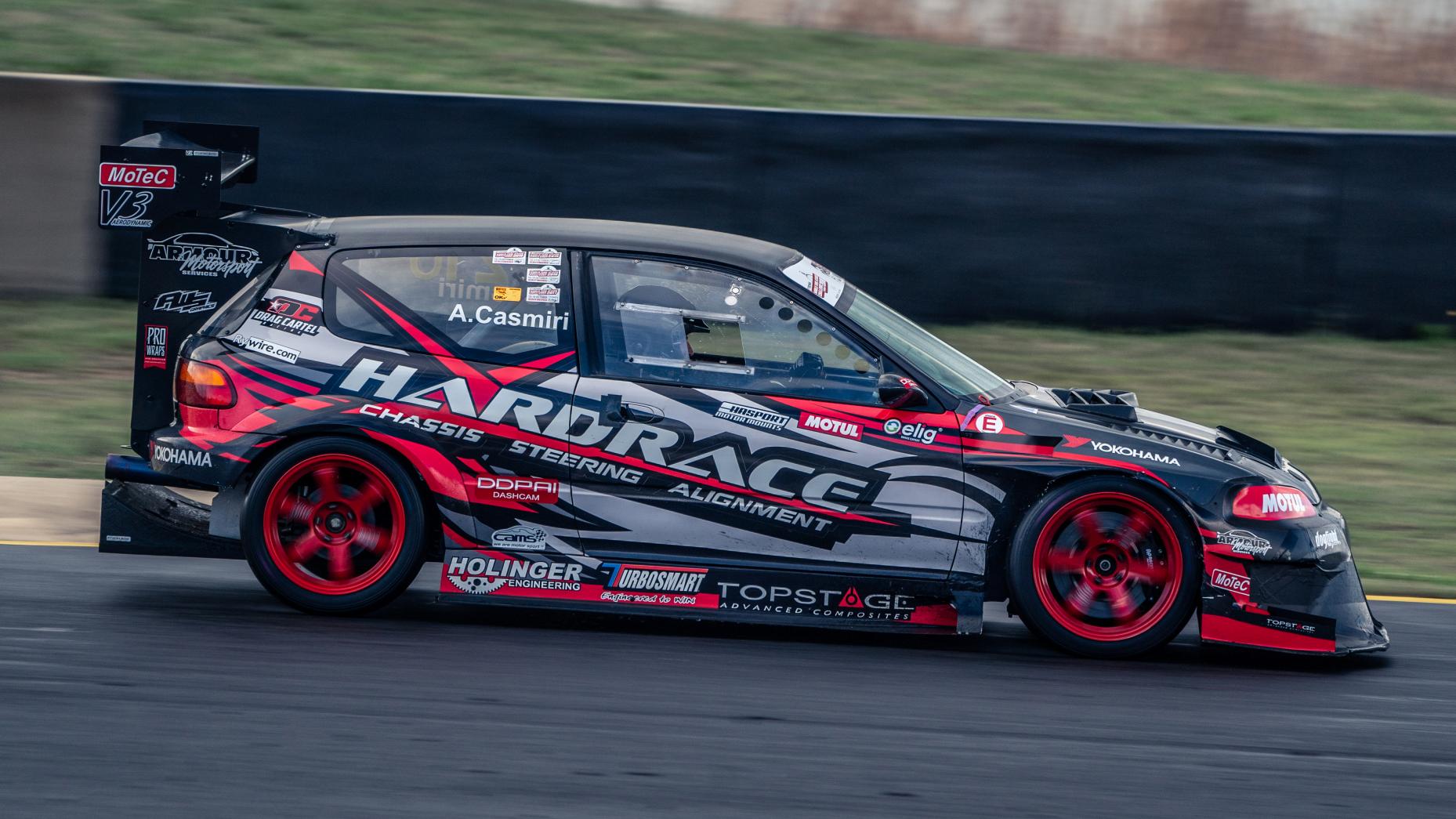
The cars are relatable
Instead of piloting some sort of futuristic four-wheeled Podracer like in Formula One, drivers at Time Attack race cars that actually look like cars. And not glitzy high-end exotica, but everyday road cars that you will see down the shops and can pick up on the second-hand market easily.
From little Civics to serious Skylines (and a load of oddities in between), they’re very much affordable foundations but modified with extraordinary engines and power figures to match. No matter the class they compete in, to be a winner you have to put cars through the tuning mangle in order to extract every last drop of performance from them. This is tuning in the rawest sense: to modify a car with innovative engineering solutions in order to maximise performance. Which also leads to some pretty what-were-they-smoking creations.
The smallest details are looked into for gains. In the unlimited classes (more on that later) any kilo that can be saved is. Glass is replaced by plexi panels or carbon. Body panels are either composite or carbon to increase stiffness and add lightness, panel gaps are super tight (in order to maximise aero efficiency) and engines are pumped up to their absolute limit. To save weight and not take up space, exhausts also use as little piping as possible, popping up out of bonnets and even punching through holes in the passenger doors. When all’s said and done, cars can end up being several feet wider and longer than before and have wings that double their standard height.
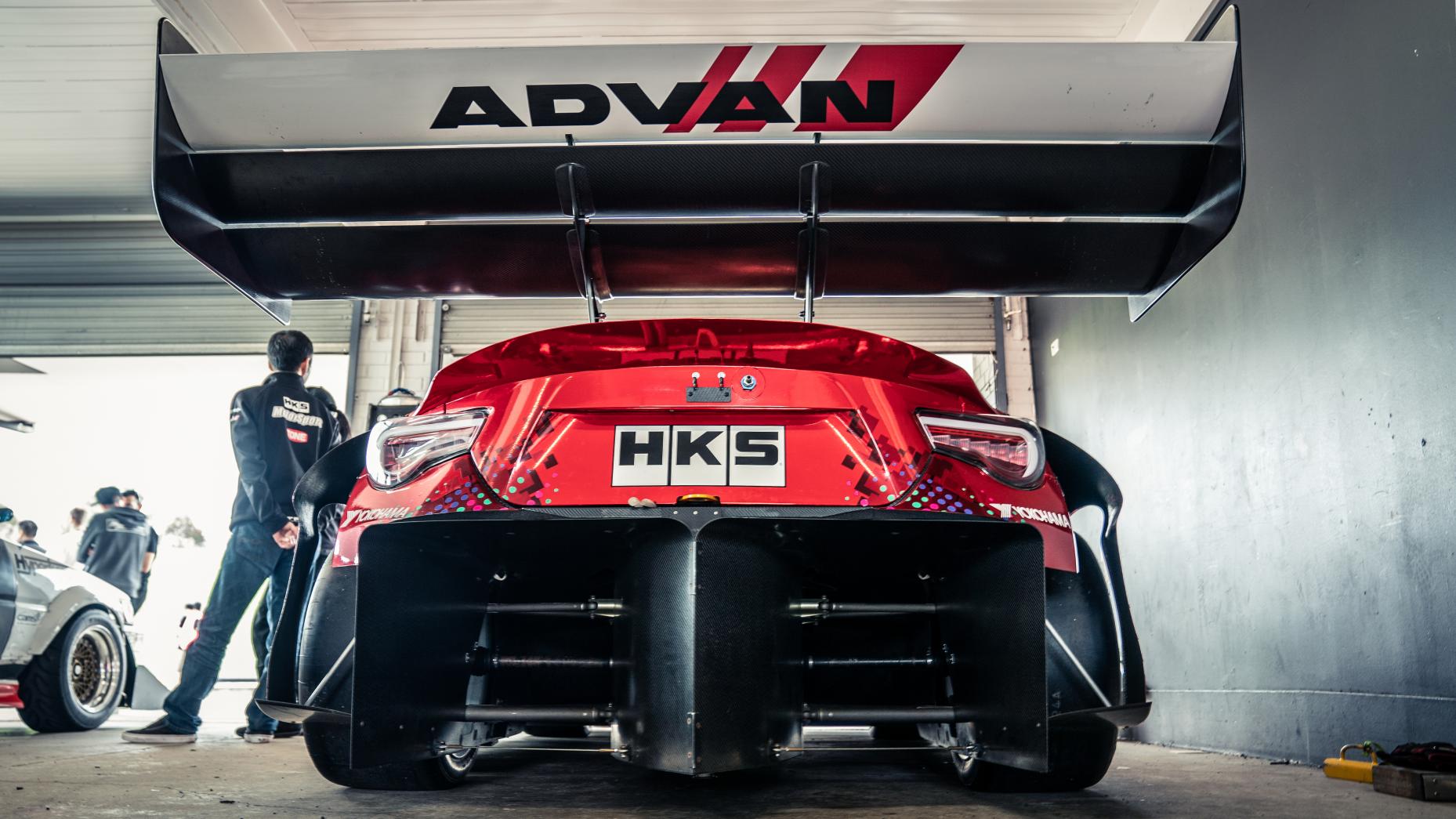
The aero is properly trick
Just soak up that image, would ya? Go on, take your time. Have you honestly ever seen anything quite as outrageous?
This, ladies and gents, is what makes the difference in time attack: aero. The brains behind the fastest cars on the grid have managed to harness the voodoo that is the dark art of aerodynamics and turn it into a technology that takes a sword to lap times. Shaping, smoothing and directing air is still an unknown, so aero technology is ever-evolving. The need for the cleanest and most unobtrusive lines to give the air the least resistance to be able to benefit performance or add downforce is crucial. That’s why we’re starting to see huge underfloor tunnels and a multitude of winglets, spoilers, louvres and outlets.
The ingenuity to try and create as little drag and as much downforce from a road car’s frame is mad. Brains from F1 and IndyCar are feeding into the mix to find the perfect solution, which sometimes looks utterly bizarre and counter-intuitive. For instance, we’re starting to see even wilder wing end-plates that are now connecting to each other like some wild carbon scaffolding. And, as there are no rules and they’re on familiar shapes, it’s aerodynamic genius on a scale that you struggle to get your head around. So, if you’ve ever wondered what happens when someone grabs the rule book and puts it spine-first into a shredder, just think of the HKS TRB-03 Toyota 86 above.
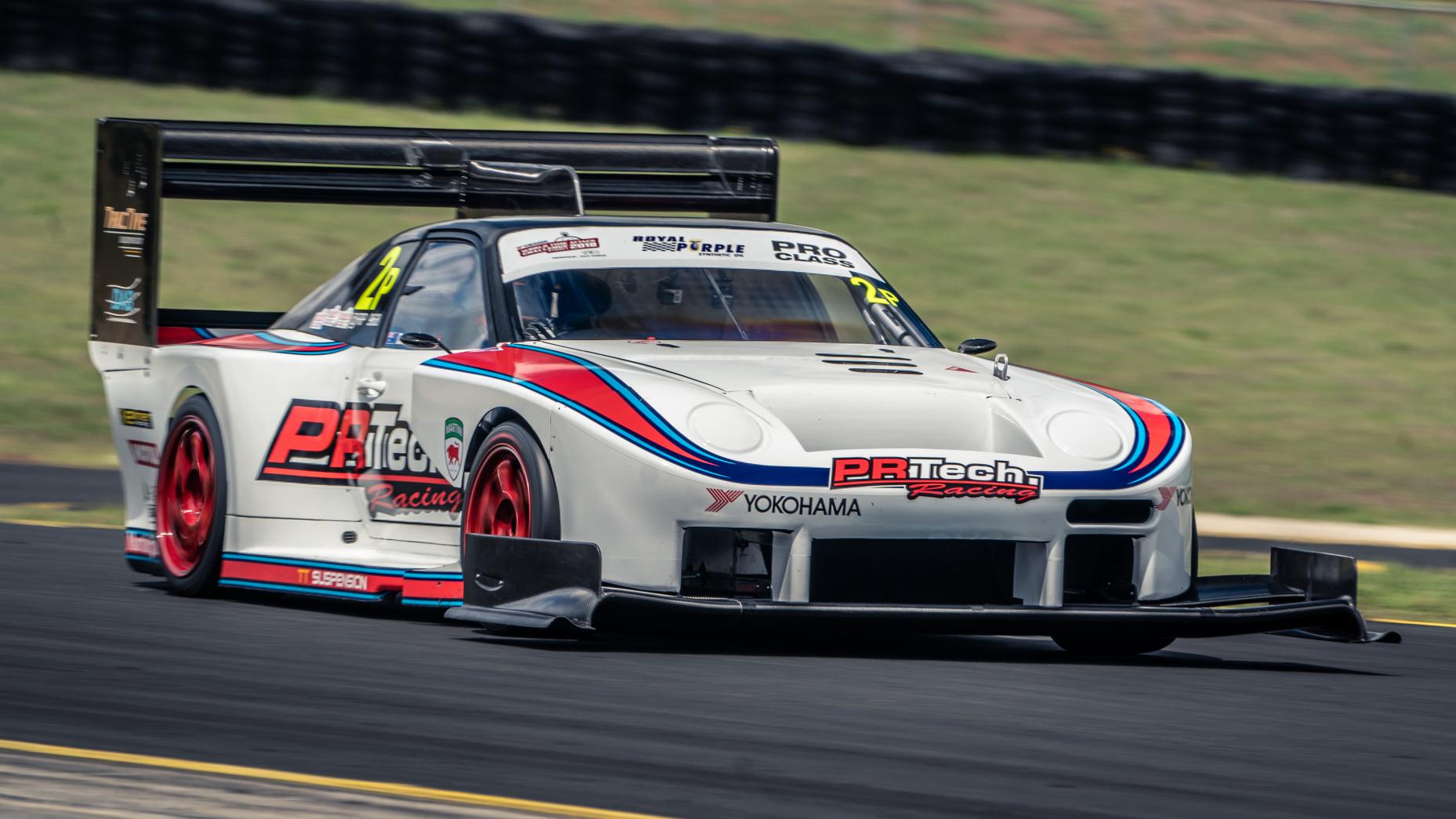
The front wings are off-the-scale
Any high street Billy can get a big wing and stick it on the back of their car. But nobody is doing front wings like the Time Attack guys. The car above is a Porsche 968 that’s been gutted by PR Technology. With incredible underfloor aero, that monster front wing and 1,400bhp from a billet 4.0-litre engine, it’s one of the fastest Time Attack cars on the planet.
TA’s humongous front wings can produce an astonishing three tonnes worth of downforce through the front wheels. That’s over three times what the Senna GTR’s rear wing can produce. Over the years, teams have trialled all kinds of bonkers front aero appendages including ‘fwings’ – an elevated spoiler over the front like old Can-Am cars that effectively made the cars four-wheeled bi-planes. The latest innovation is ‘Infinity Wings’ at each corner of the front splitter. This is where things get a bit complex, so pull up a chair and prepare to have your brain scrambled.
‘Infinity Wings’ are designed to make the most of WTAC’s rules, which dictate a specific region of the car can be used for a front wing. Otherwise, the whole car could effectively be a wing. But where traditional front wings are flat-sided, infinity wings are curved, allowing a team to effectively fit a larger wing into the same space. Better than that, the curve is sculpted to channel air so the wing can work in multiple directions of airflow, as opposed to just straight on. This means that the air profile and flow field reduces drag but increases downforce while cornering, and allows for softer suspension setups that in turn provide more grip and ground effect mid-turn. Clever, eh? You can now go ice down your brain.

The rear wings are off-the-scale
To balance out the massive pressure and downforce from the front wings, you need an even more outrageous rear wing. They’re hilariously big. Like giant caricatures of carbon. But the super technical triple-element spoilers on the big boy cars work alongside integrated boot spoilers to interact with the underbody and produce downforce and stability at the rear end so the whole car sticks to the tarmac like a warm wine gum basted in superglue.
On really posh cars, expensive dampers with crazy high spring rates are also put in to counteract the effect of the downforce. Each wheel hub is also suspended by custom, anorexic double wishbone suspension arms to allow for those storm drain sized underfloor tunnels so the air can suck the car to the ground at ballistic speeds.

The classes are diverse
What’s pleasing about Time Attack is that the class system makes it accessible for everyone. If you’ve got a ratty old Honda and lots of commitment, there’s a class for you. But if you want to sink hundreds of thousands of dollars into an aero package and four-digit power figure, there’s also a bracket with your name on it.
Weapons of choice are split into four classes; Clubsprint, Open, Pro Am and Pro.
Clubsprint is the first rung of the ladder and was originally designed as a fluid and fun road-going class. But with Time Attack’s popularity increasing, things have got a bit more serious. Saying that, only minor body or aero mods are allowed. And the engine must be the same brand and have the same cylinder count as production, but can be modified any which way you like to make as much power as you like. No pro drivers or sequential ‘boxes are allowed and the minimum weight is 1,425kg or what it is from factory minus five per cent.
Open class is the most popular field of competition. It’s where serious privateers go head-to-head with the big tuning houses and talented amateurs lock horns with pro drivers. There are restrictions on aero but far less than Clubsprint. You’re allowed carbon fibre body panels and quick-shifting sequential gearboxes but cars must weigh a minimum of 1,257kg, or factory spec minus 15 per cent. Because the wings have been clipped by limits on aero, it’s a lot more of a mechanical grip class and lap times are similar to a fully-fledged race car akin to an Aussie V8 Supercar or DTM car.
Pro Am is the entry into the world of aero. It runs under the same rules as the Pro class with two exceptions: no pro drivers and no Nitrous injection. All windows can be Lexan, all body panels can be composite or carbon, paddle shift transmissions are allowed but weight has to be 1,200kg, or factory minus 20 per cent.
Pro class is where the big boys come to play. They’re the stars at the top of the Time Attack tree. Although bodies can be fully composite, they must retain the original floor pan and firewall, to prevent fully tubular chassis or composite monocoques. That cause costs to spiral and effectively make them prototypes like F1 and LMP1 – these are real cars remember. But there’s no limit on engine mods, so teams can fill their boots with as much shove as possible and four-digits of power is what you need as a minimum to be competitive. As Nitrous is allowed and they have to be 1,200kg minimum, power-to-weight figures are positively bananas.

The cornering speeds are insane
When you consider that Time Attack cars are built from humdrum road car chassis with a load of aero clobber on top, the lap times they come out the blocks with is astonishing. At the WTAC, having so much downforce and grip means they can go through Turn 1 nudging 274kph. The fastest lap time this year was a 1min 22sec from MCA Suspension’s ‘Hammerhead’ Nissan Silvia – showing how important aero has become at WTAC’s Pro class level as who’d have thought an old S13 could be made to go as quick as Formula cars.
The 2.0km-long Tsukuba circuit in the Ibaraki Prefecture, Japan (famed for Best Motoring videos and dicking around in Gran Turismo), shows how Time Attack has evolved. Being a short, flowing but technical circuit, it’s been the nucleus of the sport since day dot. Just ten years ago the idea of breaking the 60-second lap seemed a herculean task. Fast-forward to 2019 and there are a handful of top-tier contenders who are chasing a 49-second lap. Crazy.

The racing is tight
When everyone is battling one nemesis – the clock – every single driver is hammering their car to its absolute limit. They’re walking a tightrope of utilising engine power, maintaining reliability, balancing mechanical grip, chassis set-up, aerodynamics and downforce to get the best out of one lap and one lap only. There is one crucial constant, though: tyres.
At WTAC, every car on the grid has to use semi-slick, street-legal Yokohama Advan A050 tyres. Not slicks like other forms of racing. If they’d be on slicks, the times would tumble again. Having one control tyre maintains a level playing field, so performance developments that time attack cars have made over the years – both from a power and aerodynamic perspective – can continue with no tutting and cheating. Unlike say, certain lap records at long, German race tracks near the town of Nurburg.
During a race weekend, every team is allocated a finite number of tyres, making set up hugely important. Each time the car goes out, reams of data is collected and chewed on to make sure the car is set up for the perfect conditions, on the right tyres, for the weather conditions to get the best time.
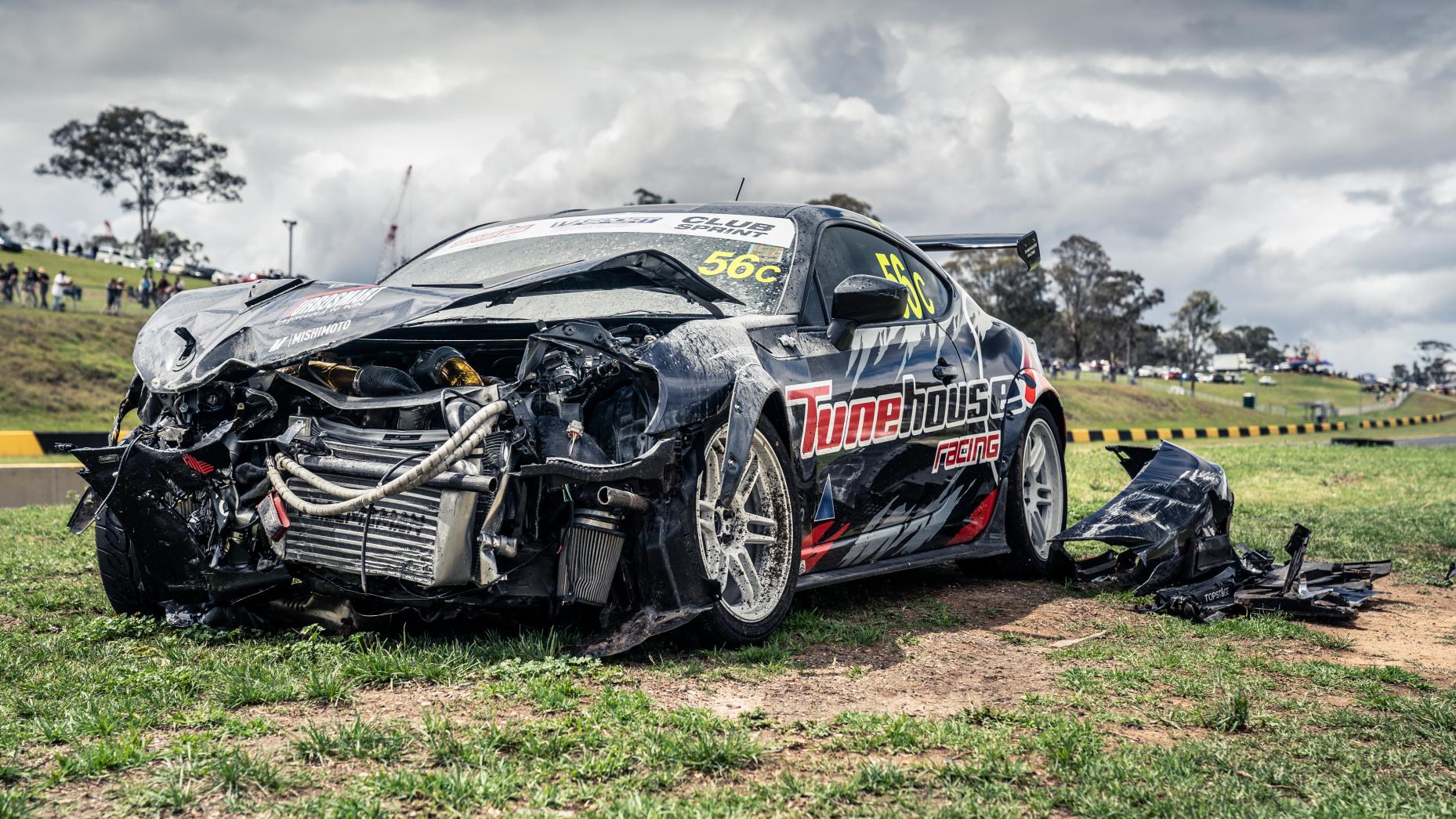
The crashes are spectacular
Being on the absolute limit in steroidal Transformers of cars means mistakes happen. Each lap you’re chasing the latest braking point, hunting out the earliest possible throttle actuation all to try and shave a thousandth of a second and make the perfect lap. But this also means that sometimes people overstep the mark and go beyond the levels of grip. This is where the cars are back in the hand of physics and Newton’s third law. Remember, for every action, there is an equal and opposite reaction, so if you send a race-prepped GT86 spearing into a wall at 160kph, well, you get the above…

The intermissions are amazing
With sporadic sessions (which often are red flagged when someone inevitably gets a bit cocky and bins it) of precise, neat racing, you need some respite from the neat driving style of being quick. Luckily, Time Attack knows this, so it sends out the complete opposite: the drift boys.
See, for every S13 and Skyline in the world that’s had biblical aero appendages added, there are five more that have been made to go sideways and shred tyres. Not your thing? Well, WTAC also holds drag races down the main straight with some of the fastest street-legal cars in the world, including the legendary Maatouks Racing KING32 – the fastest radial GT-R in the world.

